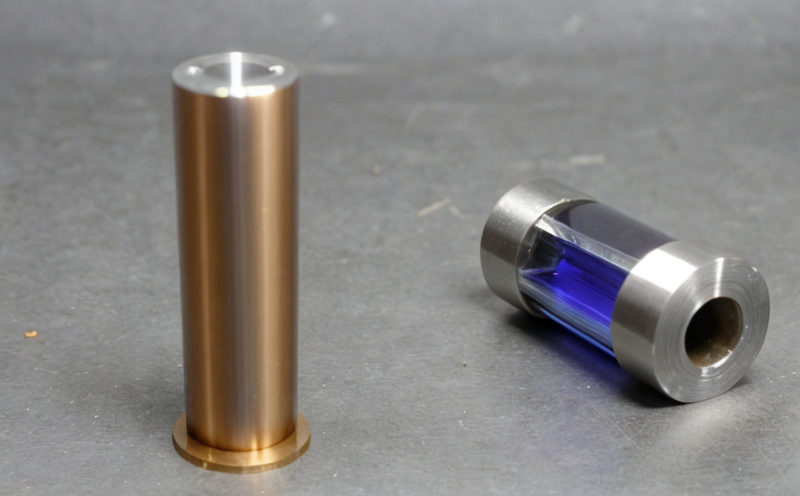ASTM D3774 Standard test method for dimensional change in fabrics
The ASTM D3774 standard provides a comprehensive approach to measuring and evaluating the dimensional stability of woven, knitted, and nonwoven fabrics. Dimensional stability is crucial in many sectors where textiles are subjected to repeated washing or other environmental conditions that could cause shrinkage or distortion.
This test method measures the change in dimensions (lengthwise and crosswise) after exposing the fabric specimens to a controlled temperature and humidity environment for a specified time period. The procedure ensures that any changes observed can be attributed solely to the effects of heat and moisture, providing reliable data on how fabrics perform under real-world conditions.
For accurate results, careful specimen preparation is essential. Fabric samples are cut according to specific dimensions outlined in ASTM D3774. The specimens must be conditioned prior to testing by exposing them to a controlled temperature (usually 23°C ± 1°C) and relative humidity (65% ± 2%) for at least 24 hours, or until equilibrium is reached.
The test involves placing the prepared samples in an oven maintained at 98°C ± 1°C for a set duration, typically ranging from 2 to 30 minutes depending on the fabric type and expected shrinkage. After removal from the oven, the samples are allowed to cool to room temperature, then measured again using precision calipers or micrometers.
The results of ASTM D3774 provide valuable insights into a fabric’s dimensional stability, which is critical for applications such as clothing, upholstery, and industrial textiles. Understanding these properties helps in selecting the most appropriate materials for various end-use scenarios where fabric performance over time must be consistent.
Dimensional stability testing is not just about shrinkage; it also helps identify potential issues with the yarns or weave structure that could lead to undesirable changes in the fabric’s appearance and functionality. By adhering strictly to ASTM D3774, laboratories can ensure accurate and reproducible results, which are essential for quality assurance and compliance.
Quality managers, compliance officers, R&D engineers, and procurement professionals benefit greatly from this test method as it provides a standardized approach to assessing fabric performance. This ensures that the textiles used in various industries meet the necessary standards and expectations of end-users.
Applied Standards
| Standard Number | Description |
|---|---|
| ASTM D3774-18 | Standard Test Method for Dimensional Change in Fabrics Due to Heat and Moisture Exposure |
| ISO 13938-2:2016 | Textiles—Determination of Shrinkage—Part 2: Temperature-Humidity Aging (T-H Aging) |
| EN ISO 13938-2:2017 | Textiles—Determination of Shrinkage—Part 2: Temperature-Humidity Aging (T-H Aging) |
| IEC 62597:2014 | Electrical Appliances and Equipment—Guidelines for Dimensional Stability Testing |
The ASTM D3774 standard is widely recognized and adopted in the textile industry. It complements other international standards such as ISO 13938-2:2016 and EN ISO 13938-2:2017, which provide similar methodologies for determining fabric shrinkage under temperature-humidity aging conditions.
IEC 62597:2014 also offers guidelines specifically tailored for electrical appliances and equipment. These standards collectively ensure that textile materials undergo rigorous testing to maintain their dimensional stability across various industries, including home textiles, automotive fabrics, and industrial applications.
Environmental and Sustainability Contributions
The ASTM D3774 test method plays a crucial role in promoting environmental sustainability by ensuring that the products made from textile materials meet stringent quality standards. By accurately assessing dimensional stability, manufacturers can select fabrics that are less likely to shrink or distort over time, reducing waste and improving product longevity.
Reducing fabric shrinkage not only enhances customer satisfaction but also contributes to more sustainable manufacturing processes. Consumers appreciate durable, high-quality products that last longer without compromising on style or fit. This translates into reduced resource consumption, lower energy costs for production, and less frequent replacements, all of which are beneficial for the environment.
In addition to enhancing product quality, ASTM D3774 supports sustainable practices by promoting the use of recycled materials and eco-friendly dyes. Textile manufacturers can leverage this test method to ensure that their products maintain dimensional stability even when constructed from environmentally friendly components. This approach fosters innovation in green technologies and encourages a circular economy within the textile industry.
By adhering to these standards, companies contribute positively to global sustainability efforts, aligning with broader goals of reducing carbon footprints and promoting responsible resource use. The ASTM D3774 standard thus serves as an essential tool for both manufacturers and consumers in their pursuit of environmental stewardship.
Use Cases and Application Examples
The ASTM D3774 test method is widely applicable across various sectors, including clothing manufacturing, home textiles, automotive upholstery, and industrial textiles. Here are some specific use cases:
- Clothing Manufacturing: Ensuring that fabrics used in garments maintain their shape after repeated washings and dryings.
- Home Textiles: Guaranteeing that curtains, bedspreads, and other home textiles retain their dimensions over time to ensure consistent fit and appearance.
- Automotive Upholstery: Testing seat covers and trim materials for durability under real-world conditions, including temperature fluctuations and humidity exposure.
- Industrial Textiles: Assessing fabrics used in conveyor belts, filtration systems, and other industrial applications for their ability to withstand harsh environments without compromising performance.
In each of these sectors, the ASTM D3774 test method provides critical data on fabric shrinkage, which is essential for meeting quality control standards. The results from this testing are used by manufacturers to make informed decisions about material selection and process improvements, ultimately leading to higher-quality products that meet customer expectations.





